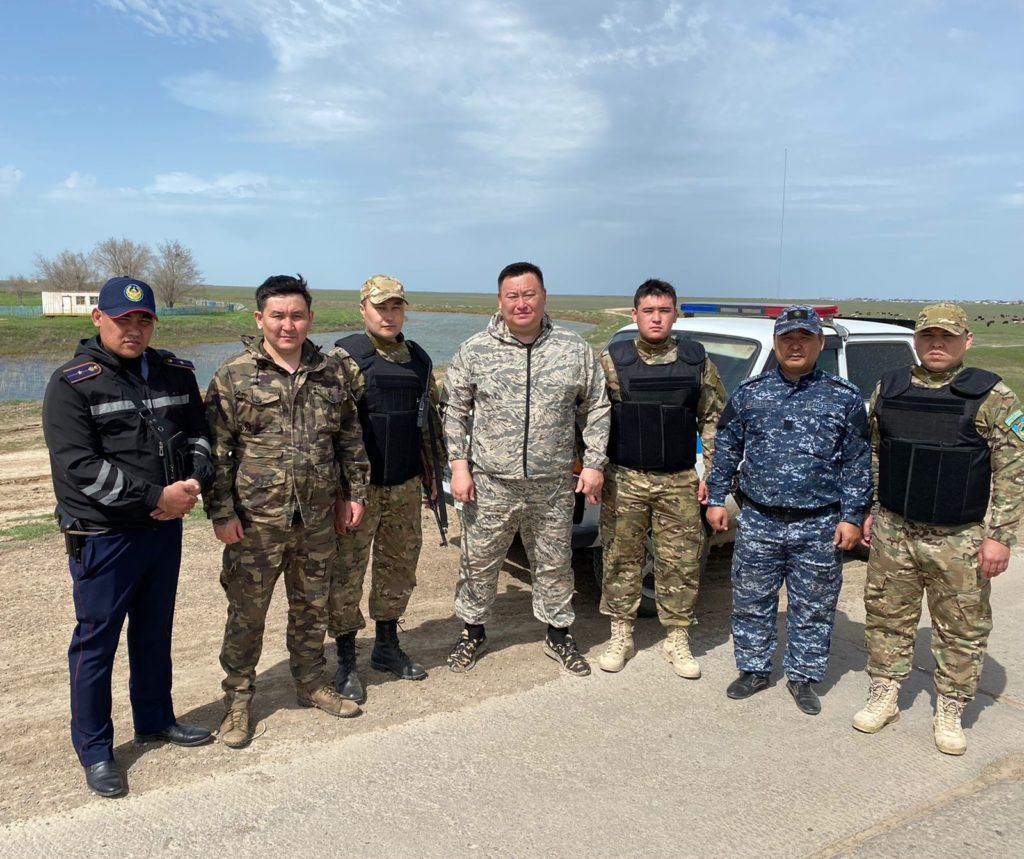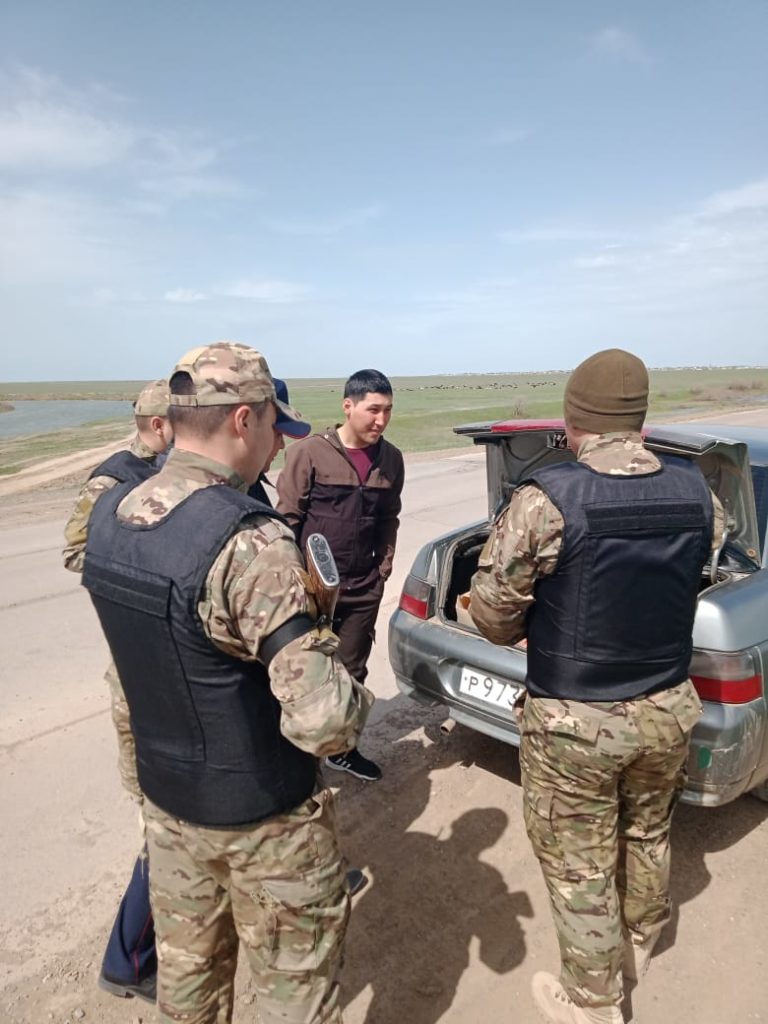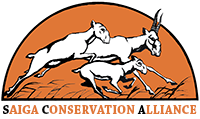Saiga Conservation Alliance are delighted to announce the 2 Excellence in Saiga Protection Winners. Thank you to all who applied and we wish you good luck with your saiga conservation efforts.
Bringing back our Annual Awards, after a short hiatus, has been very important for the alliance. Through this award we aim to build capacity among members for more effective conservation and information-sharing.
SCA also wishes to take this opportunity to thank our donor for this award Zoofari Parks. Without Zoofari Parks’ support this award would not be possible.
We’re delighted to introduce our winner and their achievements
Name: Okhotzooprom Ranger Team
Country: Kazakhstan


The Western Regional Branch of the State Enterprise “Okhotzooprom” (56 wildlife inspectors), under leadership of Kuzhakhmetov Arman Serikovich, carry out rigorous protection measures. The Western regional branch has been leading in all indicators in recent years.
In total, about 1,130,000 saigas are concentrated in the region, the data was obtained from monitoring groups, perhaps the number exceeds the figure indicated above. Due to the density of saigas, there is competition with agricultural producers, mainly the pressure on agricultural land occurring in the Zhanibek, Kaztalovsky, Bokeyorda, Zhangalinsky, Akzhayksky, and Taskalinsky districts.
Saiga protection is carried out by 60 rangers on 16 jeeps, and 10 Kungs. In the current year, rangers of the branch revealed 15 cases of illegal storage of saiga horns. 10 cases were sent to the Courts, 12 people were sentenced to criminal liability.
This nomination comes from E.J. Millner-Gulland who commented ‘The size of the Ural saiga population speaks for itself – it now numbers 1.3 million animals, and has been increasing at >40% a year for the last few years. Clearly the Okhotzooprom rangers are doing something right!
As there are now very large numbers of saigas and they are causing conflict with farmers, the team has to act with great sensitivity and diplomacy, in order to ensure that the success of saiga protection doesn’t lead to escalating conflict. This could cause poaching to restart and also could lead to saiga disturbance such as driving saigas away from lands, potentially even acts of retaliation.
The fact that saigas can be observed grazing peacefully in very large numbers on village lands right next to a major road (as I observed myself) means that Okhotzooprom are doing an outstanding job in conserving them, and currently are managing to keep the local people onside. This is a great credit to them.’
